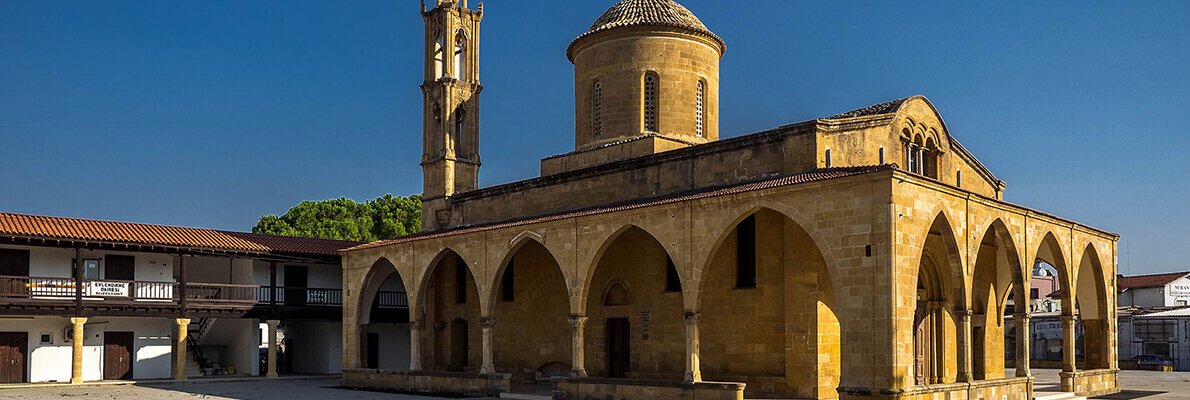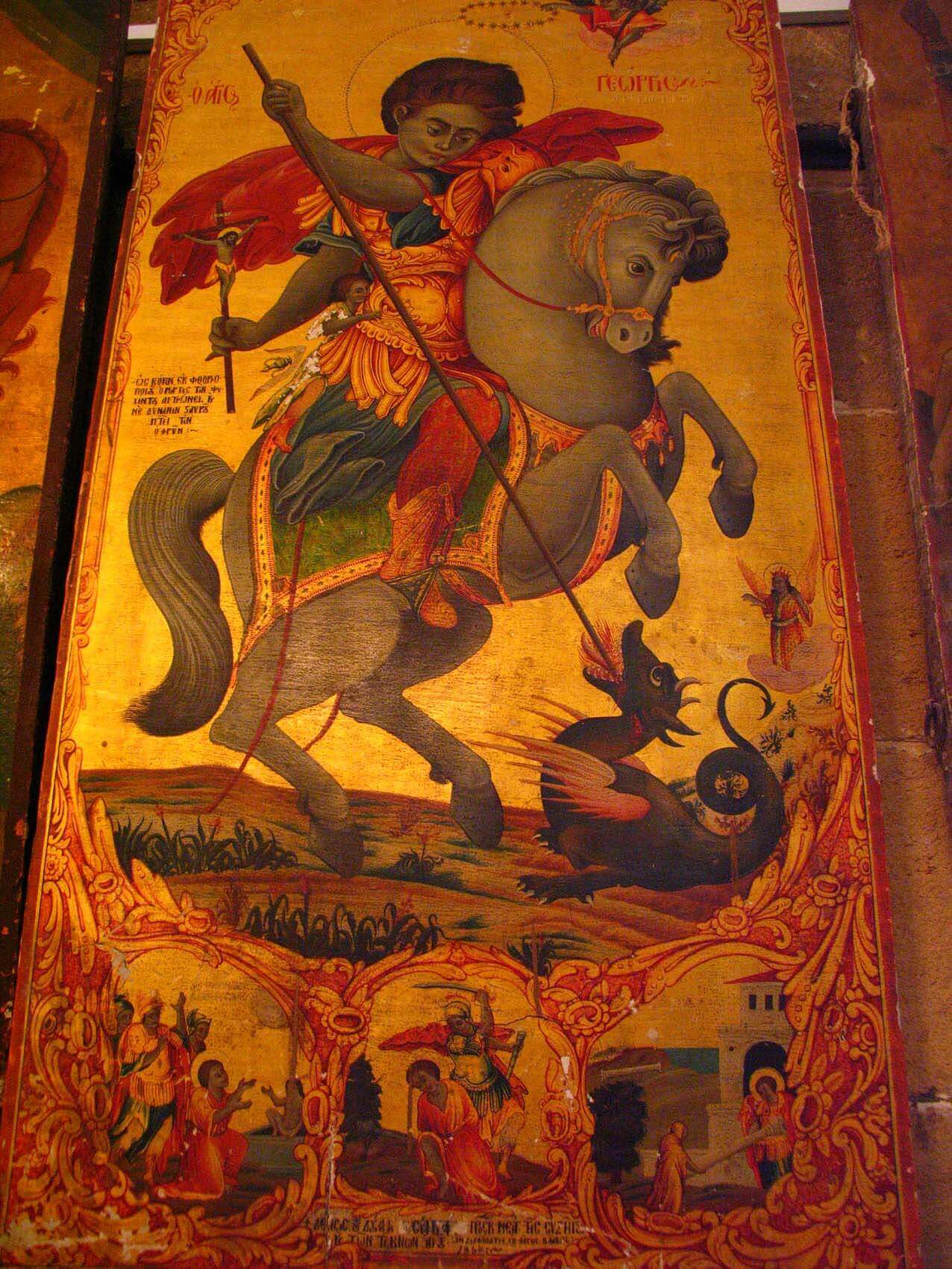Who is the Mamas?
Among other venerated Saints in Cyprus, a special place is given to Mamas, whose fate was quite difficult, full of torments and trials. According to legend, Mamas was born in prison, and his whole life was spent during the harsh, fanatical persecution of Christians. Mamas could have lost his life in early childhood, when angry guards threw him into the sea with a stone around his neck. it is not known what miracle happened, but mamas was able to survive and swim out of the sea, after which he did not go back to the people, but remained to live in a small cave found away from cities and villages. mamas could communicate with birds and animals, appreciated nature and admired it. Over time, the young man missed people and decided to return to them. This decision led him to new trials, and eventually to his death.
In those years, adherents of the Christian faith were subjected to severe persecution and bullying. Among them was Mamas, who was close to the principles of Christianity. Among other citizens, Mamas was imprisoned, where he was subjected to grueling tortures, which, however, did not convince him to renounce his faith. As a result, Mamas was executed, and the coffin with his body was thrown into the sea. No matter how they tried to get rid of Mamas, even after his death, his body found rest only on this island. The coffin with the body did not float away into the sea, but returned to the shore, it was found by residents of the city of Guzelyurt and tried to drag it away from the sea. At first it was easy to carry the coffin, but suddenly it was just too heavy. Considering such changes as a sign from above, the body was decided to be buried in that place. According to legend, it was there that the church of St. Mamas later appeared.
Curiously, Saint Mamas is considered the patron saint of those who do not pay taxes. And the following story led to this. One day, the guards seized Mamas and took him to the governor to decide what punishment he would face for non-payment of taxes. On the way, they saw a lion mauling a lamb that had been killed. To the surprise of the guards, Mamas was not only not afraid of the lion, but also tamed it without even entering into a fight with it. As a result, Mamas crossed the city gate, sitting on the king of beasts. Everyone was surprised by this picture, and the governor refused to meet with Mamas, and did not demand taxes from him.
History of the temple
The history of the monastery is not known for certain. According to one version, the sarcophagus with the body of Mamas sailed by sea. The locals moved it away from the water and built a church. how true this is, today it is difficult to say, but on the marble sarcophagus there is a mark relating it to the 3rd century ad. According to another version, the monastery was built only in the 12th century.
The Church of Mamas is a very interesting object from the point of view of architecture. During the excavations, it turned out that the foundation for today's church is the ruins of a Byzantine temple, and it, in turn, is built on the ruins of an early Christian basilica.
Later references to the monastery date back to 1510. At this time, according to the chronicles, Dmitry Doria was appointed manager of the monastery. Later, during the period of Ottoman influence, when many Orthodox churches were converted into mosques, the Mamasa monastery remained Christian and escaped the sad fate of burning and destruction.
Throughout history, the monastery has repeatedly changed its appearance and served not only as an Orthodox shrine. So, since 1848, a school was established here, which taught writing and reading. At the beginning of the 20th century, many buildings that were in a dilapidated and unusable condition were demolished, and in 1907-18 a large-scale reconstruction of the church took place. In place of the old cells, new ones were built, a bell tower appeared, the roof and doors were updated, and an image of the patron saint of the shrine appeared at the entrance. The church itself is well preserved and services are still held there. the church has a rich decoration and many icons of the 18th and 19th centuries.
The monastery inside
A very accurate description of the monastery was given by Vasily Grigorovich-Barsky, a monk of the Kiev-Pechersk Lavra, who visited the shrine in the 18th century. According to him, the monastery of Mamasa resembles a city, because it is surrounded by wide walls on all sides. In the walls there are gates that resemble the gates of cities. Beautiful white stones were used for the construction of the monastery. The church, which stands in the middle of the monastery and does not touch its walls, is a large and beautiful structure on 10 columns. Inside the church there are three altars, the floor is made of stone, there are 7 doors, large windows, on the right side of the wall there is a marble sarcophagus of Mamas.
The sarcophagus is sunk into the floor and embedded in the wall in a very unusual way – so that it can be seen both inside and outside the building. The fact that the sarcophagus was broken into and looted is obvious today. Whether there are relics of the saint in it or not-there are still different opinions on this issue. Since the 15th century, myrrh has been oozing from the opening of the sarcophagus. Many travelers who visited the shrine wrote that the sarcophagus secretes a liquid that relieves diseases and calms the sea. In the middle of the last century, a bottle of miro was also found.
An interesting fact is that in addition to Mamas, two other saints were venerated in the church-Dmitry and George, who are the patrons of the city of Guzelyurt. The icons of all three Saints are located directly above the sarcophagus of Mamas, the icon of the main patron is covered with a cloth. At the request of visitors, the caretaker of the temple shows the icon (if desired, it can be photographed).







